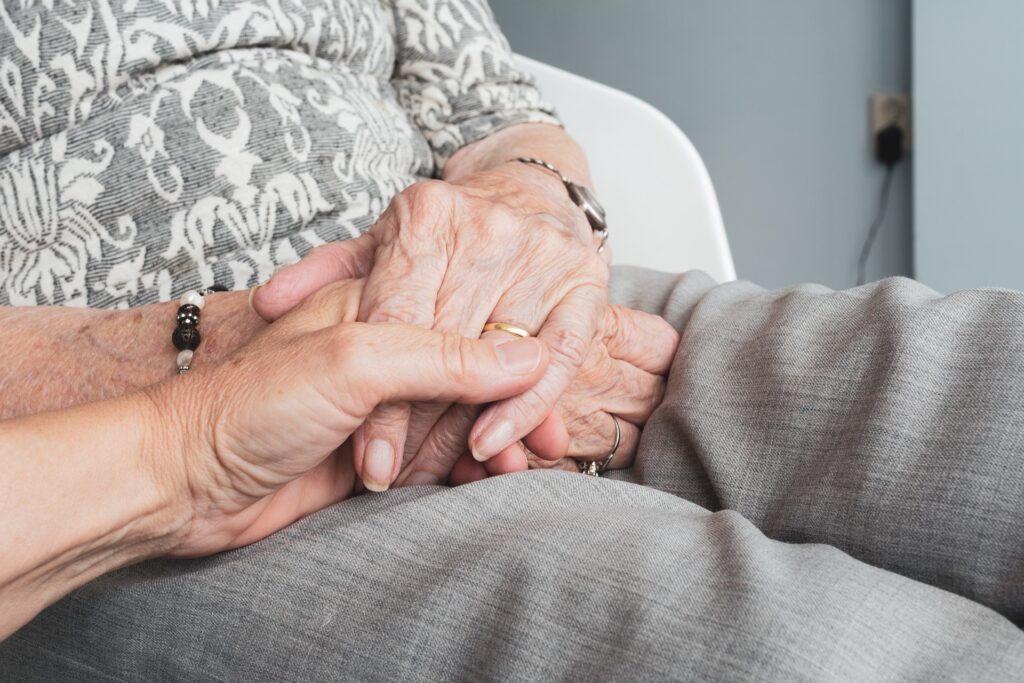
The key to writing an effective individualized care plan for your senior family member begins with assessing the needs of your loved one. Each senior is different, and their requirements vary in response to their physical condition, mental status, and independence level. Some require aid in basic life functions such as bathing and dressing while others may need medication and regular doctor visits. Physical, emotional, and social needs must be identified to plan a strategy to protect them, as well.
Table of Contents
Consulting a Medical Professional
Their development should involve health professionals. A doctor, nurse, or specialist who has been attending to your loved senior can be very resourceful in detailing the status of their health. They can recommend certain medication, necessary therapies, and regular checkups to be part of the care routine. Consulting with a healthcare provider will also let you come up with a care plan that caters to the medical needs of your loved one while avoiding any possible health complications.
Balancing Independence with Support
An important aspect of a personalized care plan is finding the right balance between providing necessary support and maintaining the senior’s independence. Many seniors highly value their ability to perform tasks on their own, and allowing them to continue doing so can boost their confidence and sense of self-worth. The care plan should be designed to offer assistance only where it is genuinely needed, empowering the senior to remain active and engaged in daily activities. Encouraging independence while ensuring safety and comfort helps prevent feelings of helplessness, fostering a positive outlook on aging. Lots of retirement communities have programs involving social activities and wellness classes to support active lifestyles for seniors. Families often explore independent living options at Heartis Buckhead to find a place where their loved ones can maintain their independence while having access to supportive services when needed. These communities are designed to encourage residents to stay involved in hobbies and social interactions. This approach helps seniors continue living fulfilling lives while having peace of mind about safety and daily assistance.
Devising the at-home care of your senior family member is a thoughtful process, which includes great consideration of his/her particular needs and personal preference. You can therefore make the necessary adjustments with health professionals, whom you have consulted, taking an active part in this aspect, having the senior involved in the planning of their care, and making regular updates within the care plan. This approach supports both health and well-being and the dignity and independence of aging loved ones.
Incorporating the Senior’s Preferences
It is important to incorporate your senior family member’s preferences when developing their care plan. Discuss with them and identify what they want to facilitate comfort and happiness. A few seniors would wish to have privacy and remain independent in every way possible, while other seniors might feel much safer if attended to more hands-on. This personalized intervention would not only add quality to their lives but also dignity and a sense of control.
Scanning Resources and Support Systems
A personalized care plan should also cover resources that are available and support systems. Available resources for at home care for seniors may include family members, professional caregivers, and community services. Determine what each resource is responsible for in terms of specific areas of care and the frequency of service. This could include family members providing emotional support and companionship and paid caregivers offering medical attention or care for physical needs. Obtaining a clear understanding of resources will ensure that the senior’s needs are met without overburdening one caregiver.
Scheduling a Routine
After establishing the needs, preferences, and resources, a defined schedule and routine should be established. The word routine can provide stability and security to seniors, especially when there is cognitive decline. A specific schedule that includes activities, medical appointments, and caregiving shifts allows everyone involved in the care to keep track of their responsibilities and ensures the needs of the senior are not missed, as this decreases the likelihood that something important may be overlooked.
Regularly Monitoring and Adjustment in the Care Plan
A care plan is not a static thing; it needs to change with the ongoing requirements of your senior loved one. In other words, you have to be on constant lookout since their health and well-being will require them to adapt with changes to the plan over time. After some time, reassess the situation and ask advice from healthcare providers and caregivers about what changes should be done. The changes may be required with the change in their health condition, whenever they need more assistance, or as they would prefer.
Ensuring Emotional and Social Support
Besides physical and medical care, the sphere of emotional and social well-being cuts a bigger slice out of a senior’s health pie. A tailored care plan would definitely provide ample opportunity for social interaction, hobbies, and emotional support. It is significant to ward off loneliness and isolation that provoke the feeling of depression and cognitive decline; thus, regular visits by family members or friends should be scheduled, and seniors should be encouraged to engage in activities they like. This will also make their lives more meaningful by encouraging them to be closer to their loved ones or by joining social groups.
